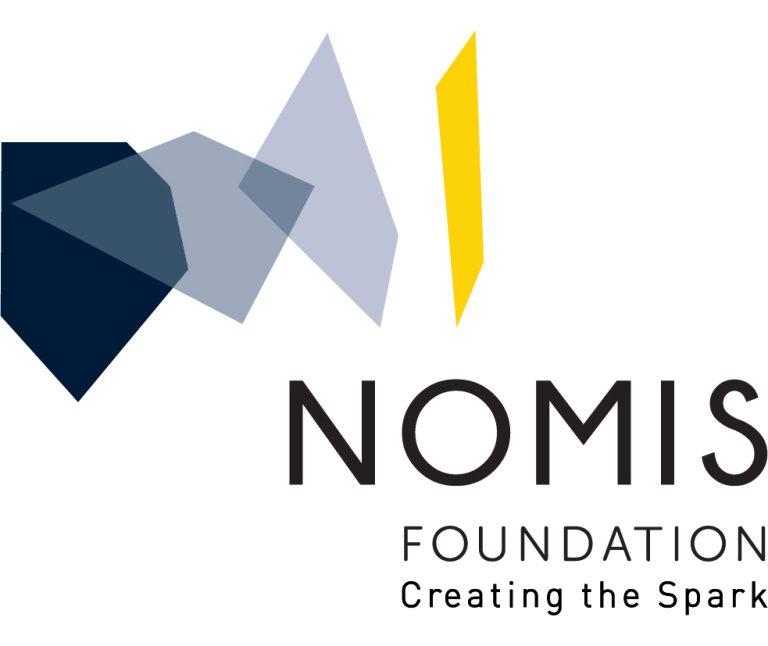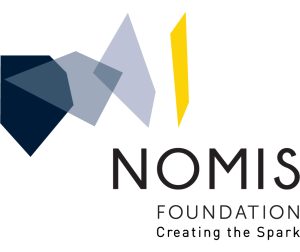Salk researchers analyze skin cells from more than 100 people of different ages to find molecular signatures that change as people get older (See Salk article).
Doctors have long observed that biological age and chronological age are not always one and the same. A 55-year-old may exhibit many signs of old age and have numerous age-related diseases, whereas an 80-year-old may be healthy and robust. While diet, physical activity and other factors play a role, there are many contributors as to why and how some people age better than others. Those contributors remain poorly understood.
For a study published December 19, 2018 in Genome Biology, a collaborative team at the Salk Institute analyzed skin cells ranging from the very young to the very old and looked for molecular signatures that can be predictive of age. Developing a better understanding of the biological processes of aging could eventually help to address health conditions that are more common in old age, such as heart disease and dementia.
“This experiment was designed to determine whether there are molecular signatures of aging across the entire range of the human life span,” says co-senior author Saket Navlakha, an assistant professor in Salk’s Integrative Biology Laboratory. “We want to develop algorithms that can predict healthy aging and nonhealthy aging, and try to find the differences.”
“The study provides a foundation for quantitatively addressing unresolved questions in human aging, such as the rate of aging during times of stress,” says Professor Martin Hetzer, co-senior author, as well as Salk’s vice president and chief science officer.
Hetzer is leading the Determining Biological Age in Humans project at the Salk Institute and is a member of the NOMIS Board of Directors.

Credit: Roberta Schulte/Swati Tyagi/Salk Institute

